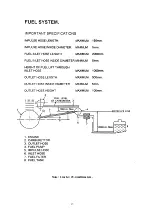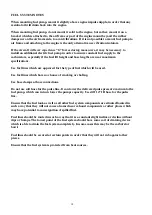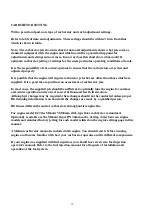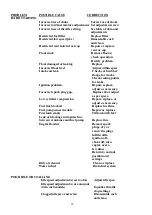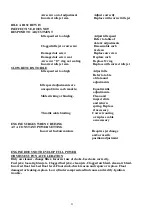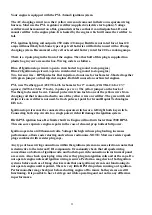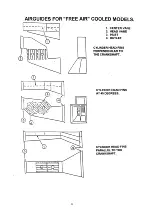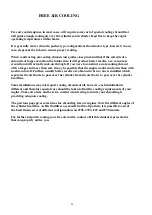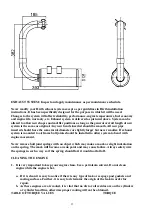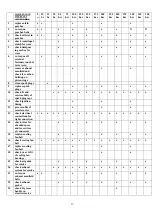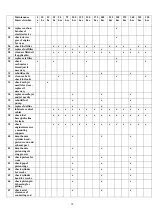
13
RUN UP PROCEDURE PART “2”
Upon completion of Run-up #1, move the throttle setting to maximum and observe:
a.
Maximum static RPM to be approximately 85% -95% of 100% BHP.
b.
Cylinder head temperature is in range. See temperature chart.
c.
Exhaust gas temperature is in range.
NOTE: Do not operate engine above maximum engine RPM. See technical data page
regarding your engine.
RUN UP PROCEDURE
PART “3”
Upon completion of Run-up procedure, part 2, move the throttle setting to idle and observe:
a.
Idle speed is as per required, depending on equipment installed. (usually 1800-2200 RPM)
b.
other instruments read normal.
IN FLIGHT
Take off and climb at full throttle.
Remember to ensure that engine temperatures never exceed maximum.
Upon reaching circuit or cruise altitude, set throttle back to cruise power. This RPM is
determined by the speed requirements of the aircraft, and/or pilot preference.
NOTES: Ensure never to operate engine above maximum engine RPM.
Take care not to operate the engine at a lower throttle setting yet producing a higher RPM.
For example, in a dive. This can lean the fuel mixture and increase engine temperatures to a
critical level that may cause damage to the engine and/or engine failure.
If there is a throttle setting that produces the same RPM as a setting in the more open
position, use the setting that is of the more open position. This will help ensure cooler engine
temperatures.
Engine Shutdown
1.
Set engine RPM to idle speed for a short cool down period.
2.
Complete an ignition check, (mag check) as described in Run-up section #1E.
3.
Ignition switches off. If equipped with fuel injection turn injection power off first. When
engine comes to a complete stop turn ignition switches off.
Summary of Contents for F-23
Page 17: ...17 Note 1 inch 25 4 millimeters ...
Page 23: ...23 ...

















